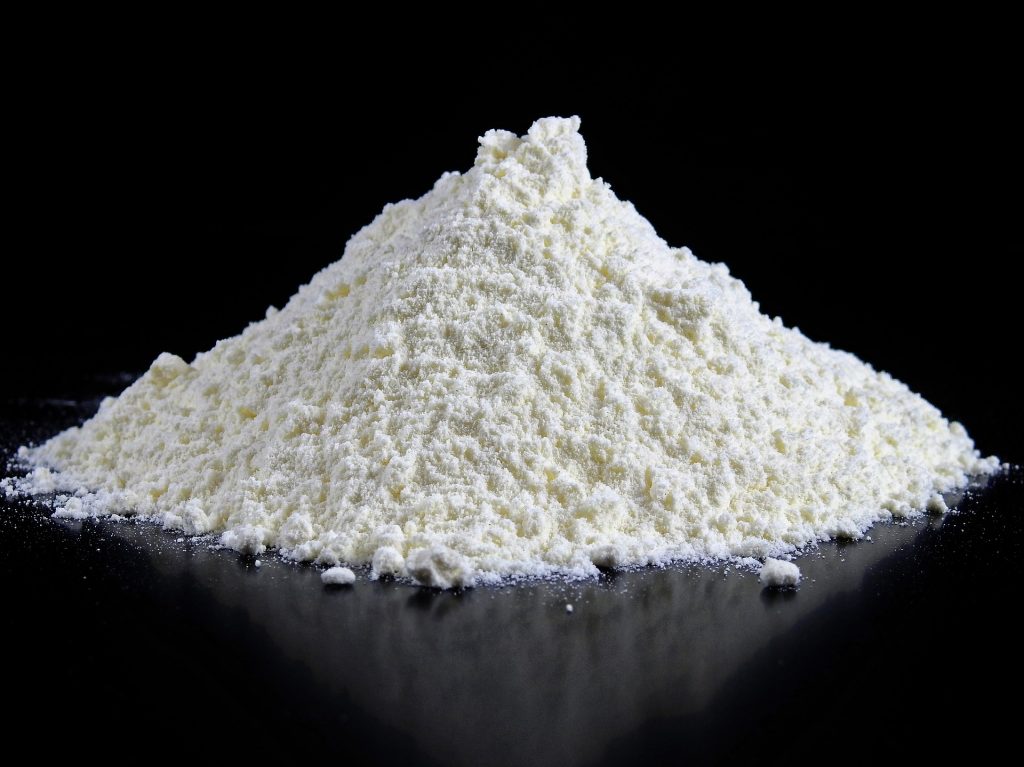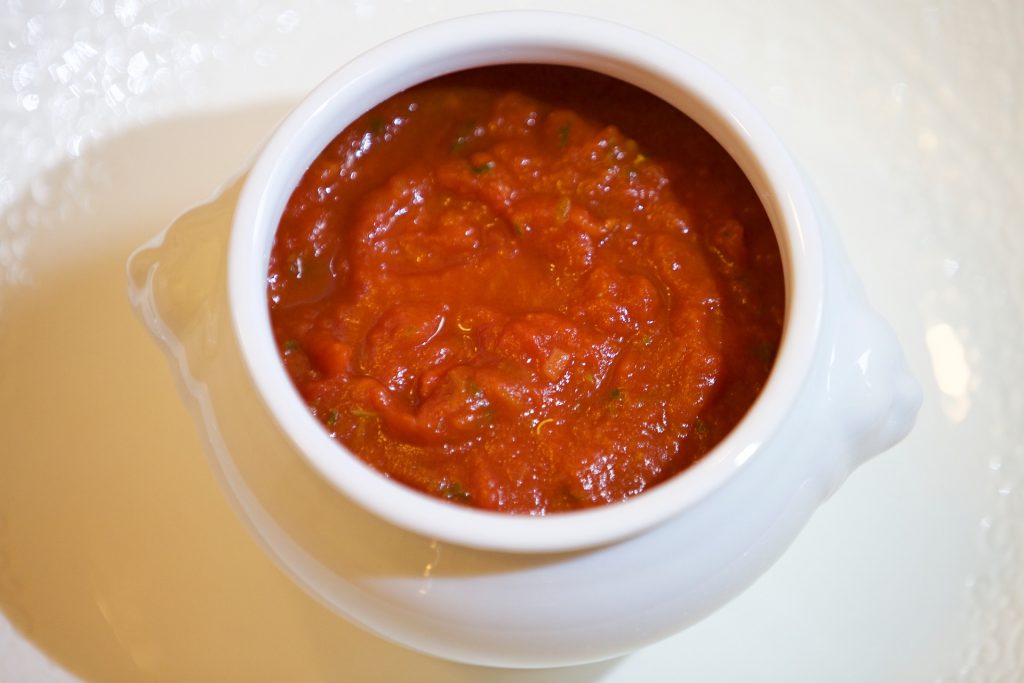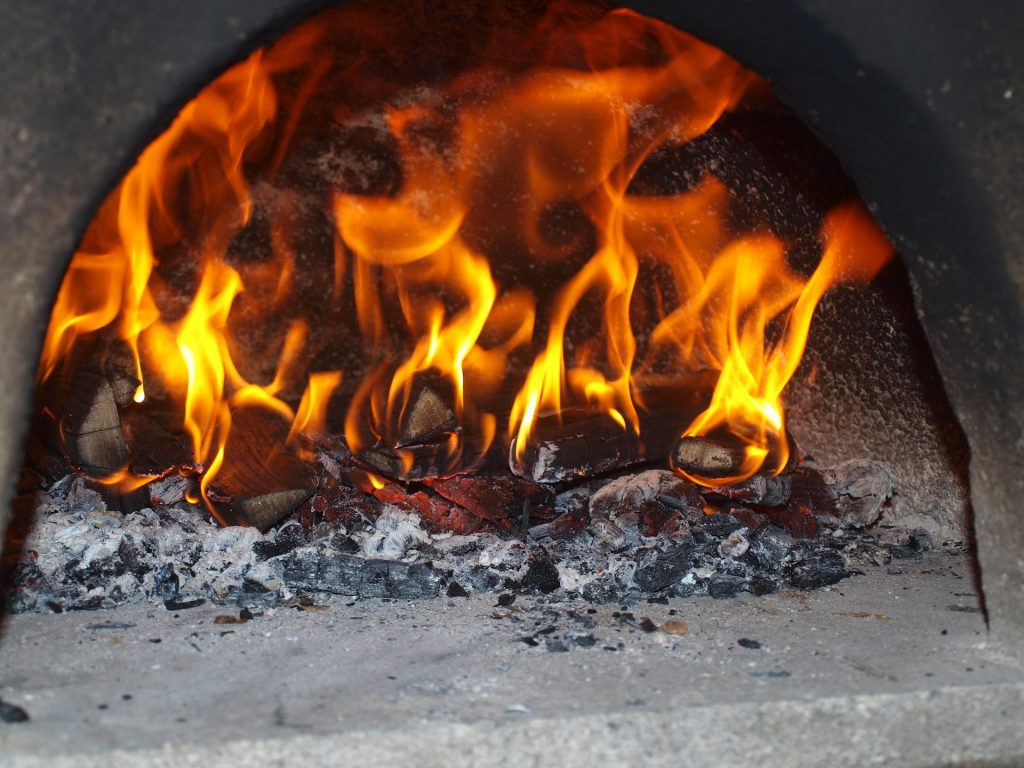When you think of pizza, do you imagine pools of grease, stuffed crust, and mountains of toppings? While that’s all well and good, there is something special about a simple pie made at home with simple, quality ingredients. If you’ve never done it before, it can seem intimidating, but with a good recipe, it’s a pretty simple process. Here are eight tips to remember:

If you’re making your pizza dough from scratch, the type of flour you use really matters.
#1: Pick the right flour
If you’re making your pizza dough from scratch, the type of flour you use really matters. Bread flour, especially the high-protein kind, will yield a nice chewy texture. This is because of the gluten content. To get that really stretchy dough that you see pizza-makers tossing around in the air, the dough needs a lot of gluten. All-purpose flour works in a pinch, but it won’t stretch as much without tearing. If you want really good pizza dough, go with bread flour.
#2: Measure your flour with a scale
Measuring flour with a cup can result in dramatically different dough. This is because flour is compressible; if you sift it, you can end up with just four ounces per cup, while if you scoop your cup in the bag and level it off (which is what most people do), you might end up with six ounces. Using a scale gives you a more accurate reading and it doesn’t matter how compressed the flour is.
#3: Buying your dough? Treat it right
It’s totally fine to buy your pizza dough already made, especially if you’ve never made dough from scratch before and don’t want to figure it out yet. The key to getting a good pizza from it is treating it right. You want it to come to room temperature before handling it, and flour everything the dough will come into contact with. This ensures no sticking.

The best sauce is the simplest sauce. You can make it yourself – all you really need is tomatoes and salt.
#4: For sauce, keep it simple
The best sauce is the simplest sauce. You can make it yourself – all you really need is tomatoes and salt. For the best results, spring for some good organic tomatoes, since non-organic tomatoes tend to taste like cardboard. You can also get canned tomatoes and puree them. You can add other seasonings like Italian seasoning and garlic if you want, but they’re not must-haves.
#5: Use two kinds of mozzarella cheese
One of my favorite things about good pizza is the puddles of melted mozzarella. You can get that home using fresh, whole-milk mozzarella that you tear into small pieces. However, you don’t want to cover the whole pizza this way; fill in the spaces with shredded mozz. You’ll get really good cheesy coverage this way.
#6: Know when to add certain toppings
Not all toppings will go on right away. If you’re adding greens like spinach or a veggie like mushrooms, you can put those on the raw pizza to cook (though some people like to partially cook the dough before even adding sauce or cheese, it depends on your preference). However, really thin slices of meat can go on after the pie is done.
#7: Get a pizza stone
For really good pizza, you need a pizza stone. This may not seem like a necessity, but if you want that pizzeria-style crispy crust, a pizza stone is the way to go. If you want to make pizza tonight and you don’t have a stone, you can put a cookie sheet, upside down, in the oven and get it really hot. This will mimic a pizza stone for now. It obviously gets really hot, so be careful.

Heat is key. In pizzerias, their ovens get screaming-hot, especially ones that use brick ovens.
#8: Get that oven hot, hot, hot
Heat is key. In pizzerias, their ovens get screaming-hot, especially ones that use brick ovens. Turn your kitchen oven as high as it will go when making homemade pies. Pizzas aren’t supposed to cook for very long, and that’s because of the heat. You want the outside to get crispy and chewy without drying out.
————–
The humble tomato is crucial to pizza, but there was a time when people believed the vegetable/fruit was evil. Why?




